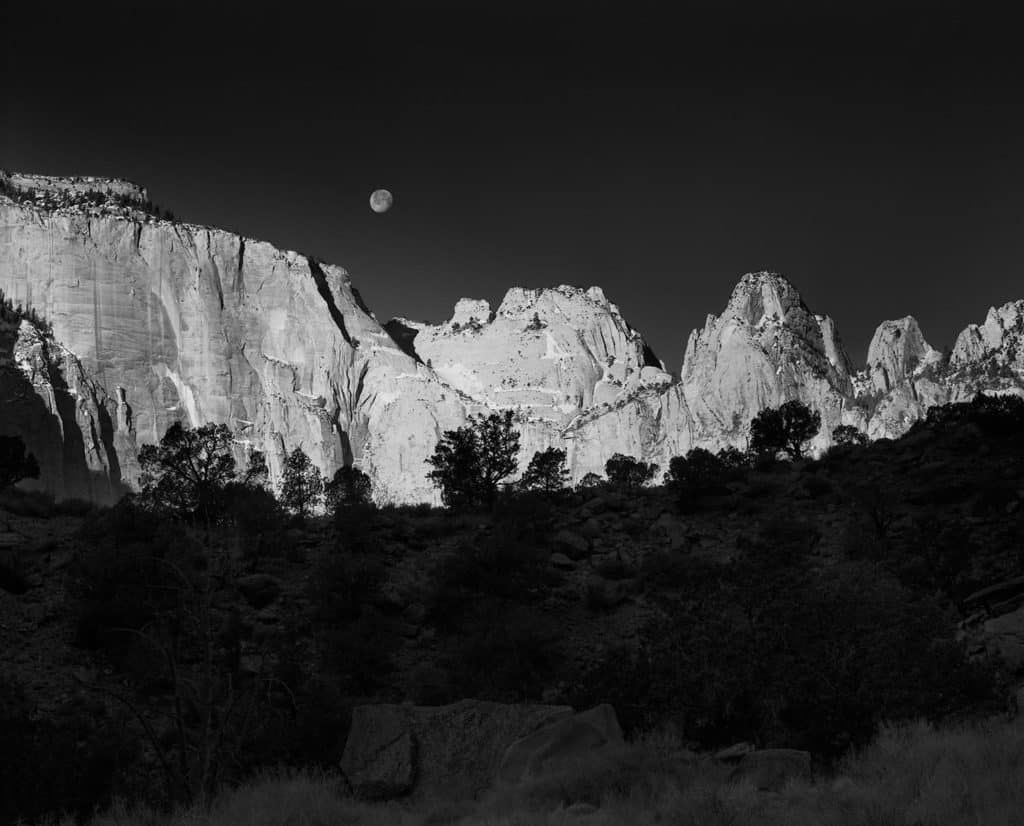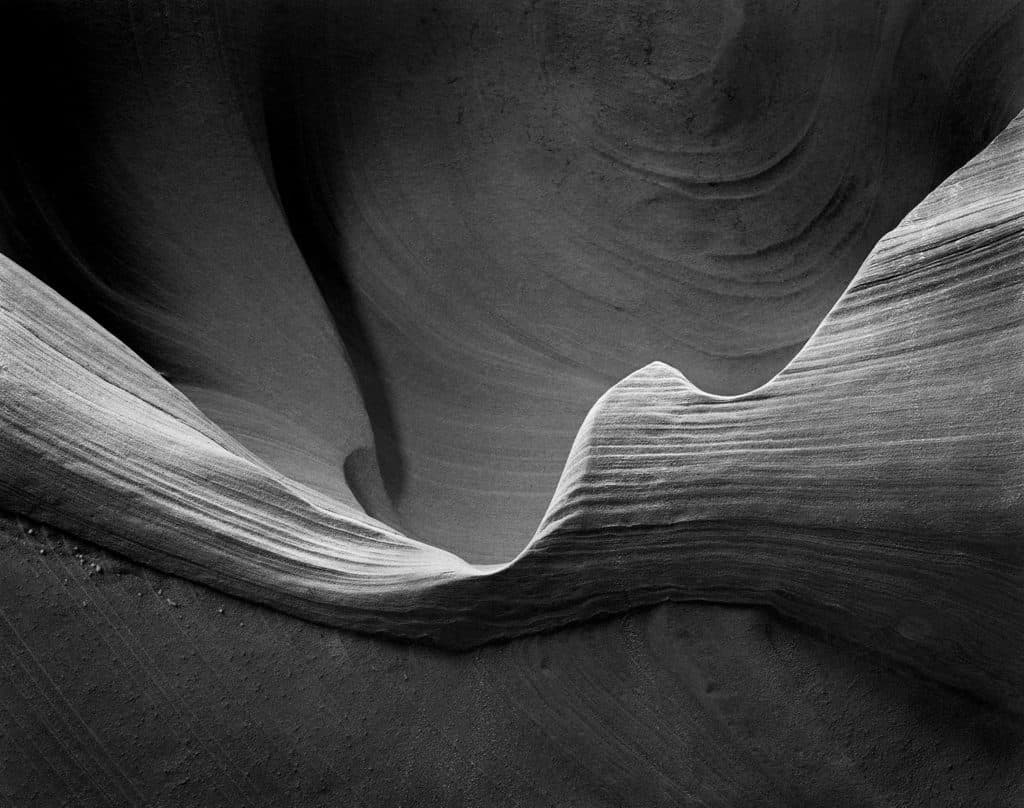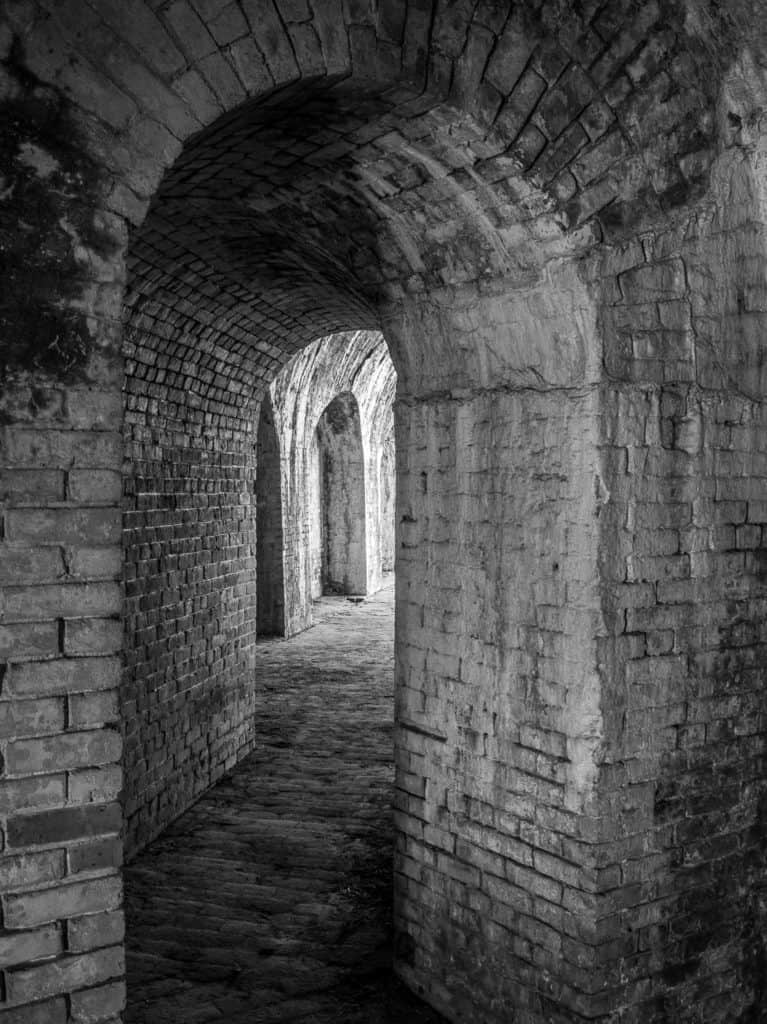When I began my journey into photography many years ago it was a common occurrence among photographers to devour everything you could get your hands on regarding your favorite genre and those practicing it. You attended museum and gallery shows, and you bought monographs from your favorite photographers. You attended workshops, and you bought prints from those artists too.
The result of all that exposure was that you built up a mental library, a catalog per se, of favorite imagery. This allowed you to discuss those images and their attending concepts and technical details with your photography friends, and also draw upon that information when working in the field to solve problems or help define a stylistic approach. Doing all this enriched one’s creative life immensely. Those images became old friends that could be recalled and revisited any time, either through memory or the physical experience of a book or print.
While pursuing my photography degree at Ohio State, we looked at lots of images, and part of the requirements of the history of photography class was to memorize important photographs to recall later on tests, having to list author, title, date, etc., from memory for each image projected on the screen. So I suppose this habit was ingrained in me early on.

I also discovered that possessing this mental catalog had a very positive and enjoyable impact on my creative life while out photographing. I was able to draw upon that wealth of imagery both consciously and, as we’ll discuss later in this article, unconsciously as well. It also led to some serendipitous experiences in the field that I treasure and wouldn’t trade for anything.
Of course all this studying of others’ images could lead to copying or never progressing beyond repeating what came before. I’d like to think though, that in art we build on what preceded us and having a working knowledge of and appreciation for some images from the past (and the present) can give us the tools to go beyond what came before and help us achieve our own vision.
Fast forward to the age of the internet and smart phones and we now can have every image imaginable, and then some, in our pockets. We swipe and swipe, on to the next in an endless parade of amazing images, but do we stop to study any one of them in-depth, let them speak to us and see what we can learn? Or can we even do that on a four- or five-inch screen in the age of social media?
When most images were only available to be seen in books or prints, perhaps they took on a greater importance and maybe we revered them more. After all, it really was just a select few artists whose work ever made it into those books. That made them more precious compared to the ease with which these days we can see an essentially unlimited quantity of pictures. Then as now, of course, content is king and quality work will always rise to the top. The issue of gatekeeping and democratization of photography, with its increased opportunities for sharing work in our current age, is the subject of another article. But for now, here are a few examples of how my mental catalog of images has given me great joy in the field and maybe helped me create a few images too.

One of the pure joys of possessing a mental catalog of favorite imagery is when you stumble, quite by accident, upon the subject of one of those images. This is different from setting out to visit one of the iconic locations with which you are familiar. That’s fun too, and I’m sure we never forget seeing Tunnel View in Yosemite for the first time, or that special light underneath Mesa Arch or Ansel’s famous view of the Tetons and Snake river or many, many more.
What I’m referring to is when you’re not looking for it, you may not even know where it is, yet you round some bend in a canyon or look out the car window while you’re “cruisin’ for snaps” and there is the subject of one of your favorite images. This has happened to me several times over the years, and it’s hard to describe the joy, wonder and amazement that comes from encountering something in-person that you hold dear in your visual memory, especially when you weren’t expecting to find it.
One such example for me was finding a very special group of trees in Yosemite Valley. I had seen these trees in books by John Sexton, the late Ray McSavaney, and others. The images I knew were all made in the winter with lots of snow. I knew they were made in Yosemite but didn’t know if it was in the valley, the high country, or elsewhere. I definitely wasn’t hunting for any pre-known images, just out cruising the roads and glanced out the window and recognized them. Now sometimes when this happens, the subject is such that I feel another original image cannot be made. In these instances, it’s fun to just admire the subject, compare how it looks to the image in my mind and just enjoy the moment. In this case, in the fall rather than winter and with some of the original trees in this special group having fallen during the intervening years, I felt an original attempt could be made. My Circle of Friends has become one of my favorite and most popular images. The title refers not only to my idea of how this small group of trees relate to each other, but also to my fellow photographers who have all approached this wonderful subject with their own unique vision.

A few years ago, I had a project published in Lenswork magazine. Readers of NPN will have to forgive me that this particular project was not landscapes, but one of my few departures from that subject. In this case, I photographed interiors of a civil war era coastal defense fort near where I live on the Gulf Coast of Florida. Part of the publication process is an audio interview with the publisher, Brooks Jensen. During that interview he asked a question that took me by surprise, but illustrated one of the central points of this article. He asked me if I was familiar with the interior photographs of the Medieval European cathedrals by Frederick H. Evans made around the turn of the 20th century, and then much later by contemporary landscape master Bruce Barnbaum. After indicating I was familiar with both bodies of work, he made an observation that stunned me: Brooks said my photographs of the fort reminded him of those cathedral images. He saw similarities in approach and style and thought my work built upon what Evans and Barnbaum had achieved in their work but with a different subject. I was surprised and humbled to even be mentioned in the same sentence as those two amazing photographers, let alone have my photographs in any way compared to theirs.
This demonstrates that our familiarity with other work can help guide us as we approach our own, even when the subject matter is quite different, maybe especially so. In this case I was not consciously thinking about those European cathedral pictures while photographing the fort. I was just exploring an interesting, disused structure and liked the winding passageways, which reminded me of the southwestern canyons I enjoy because of the sense of discovery in seeing where their pathways lead. Jensen’s observation illustrated that one can be influenced in a positive way by the images one has studied and apply those lessons to a completely different subject and this can happen unconsciously. How wonderful!

Now of course you can do the same with conscious knowledge of those mental images you carry, and that is a rewarding experience as well. Here’s a lesson that took me far too long to learn but has been a huge help in my forest photography.
When John Sexton’s book Listen to the Trees was published in 1994, I had been photographing trees and forests for a number of years with some success but still often struggled with realizing my desired vision. John’s books are fantastic resources, not only because of his amazing imagery but also the incomparable printing quality and technical details he lists for each image. Much can be learned from careful study of an image and seeing how his lens choice, filtration, exposure, film type, and development affect the final result. Carrying these details of specific pictures has helped me in the field many times to make good decisions when approaching my own subjects. One lesson I learned from careful study of one of his images had to do with depth of field when photographing forests with deep recession.
Struggling with the standard landscape style of making everything sharp from front to back, I was trying to do this with my forest photography as well. Sometimes with low light, a little wind and a long lens, the small aperture required for that full depth of field necessitated a longer exposure than the materials and conditions would allow. After very careful study of a few of John’s forest pictures and thanks to the impeccable printing quality, I was able to see that his forests were not always perfectly sharp way in the back, farthest from the camera. What would be a distracting lack of sharpness of a distant ridge in a mountain picture was barely noticeable at the very back of a dense forest scene and not distracting at all. Learning this allowed use of a larger aperture that helped solve the other problems. I constantly remember this lesson when in the field while recalling the photo that gave me the revelation.

One final example comes from a recent trip to Red Rock Canyon near Las Vegas. Having never been before, I was excited to finally explore this park. I drove the loop road and as it was a sunny, blue sky day, I wasn’t too inspired for serious photographs. In a stop at the visitors center before leaving, I noticed a large, panoramic glass window, installed to give an uninterrupted view of the long prominent rock outcropping that makes up the salient feature of the park. I thought the view through that window was interesting and pulled out my phone, set to black and white mode, to record a snapshot of it.
Well imagine my surprise, there on my phone was a rendering that looked to me just like so many of my favorite images from the wonderful photographer Huntington Witherill. Huntington has a style and approach to many of his monochromatic landscapes that is full of light, with lots of high tones and creamy cloud skies. I immediately envisioned this kind of treatment for the subject before me and nearly ran from the building to retrieve my camera. As luck would also have it, wonderful clouds that had not been present all day, were just starting to build over the rocks and helped complete the scene. I have no idea whether Huntington ever photographed at Red Rock Canyon so I was not copying his subject, but my knowledge of and appreciation for his approach, recalled from my mental catalog of many of Huntington’s images, helped give me the vision to create something of my own.

What I find intriguing about the mental catalog concept is pondering how my images may have benefited from it without my knowledge, in the absence of someone pointing it out as Brooks Jenson did. Maybe it’s sometimes better if we don’t know! I also think about the reverse, where we instinctively “know” what not to do in some situation because of an image we’ve cataloged.
Hopefully these thoughts and examples will inspire you to spend time with some of your favorite artist’s images. I hope the lessons learned and knowledge derived from studying them will be as valuable in your photographic journey as they have been in mine.




